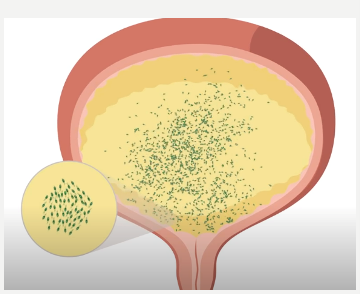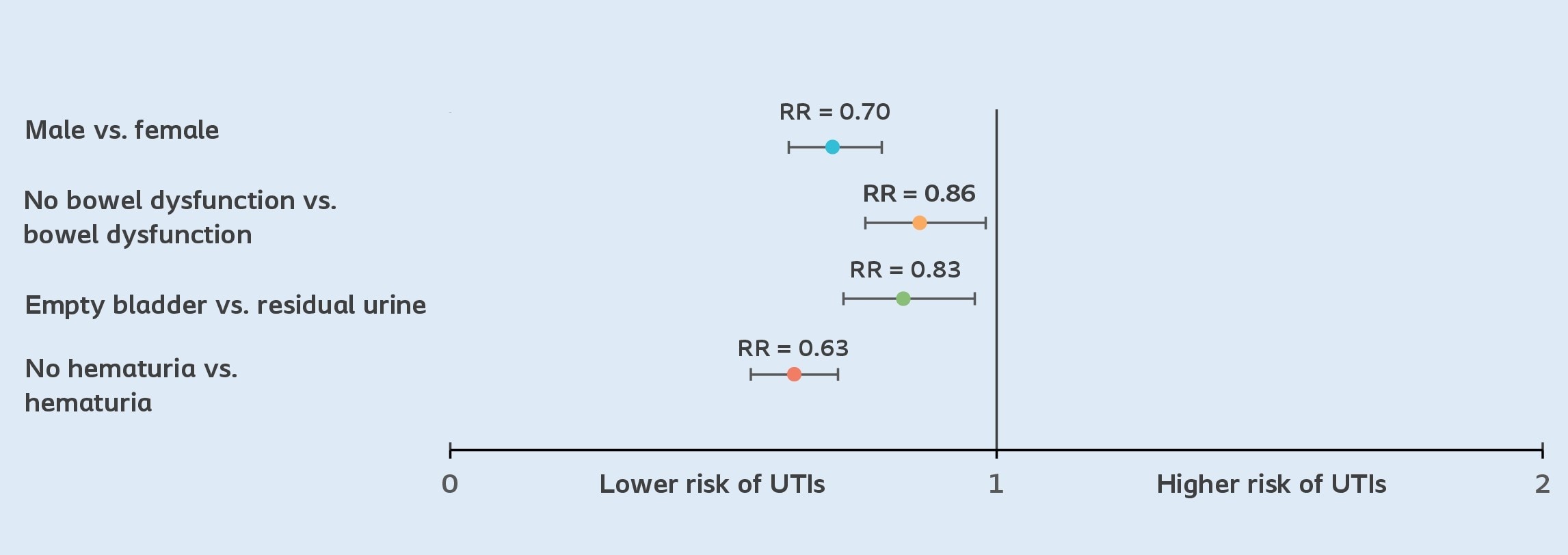Get full access with a free account
Benefits of the Coloplast® Professional Educational platform
- Full access to educational content, events and resources
- Track your progress
- Share content with your colleagues
- Share supporting material with your patient
Residual urine is a common problem among Intermittent Self Catheter (ISC) users and remains an important risk factor for developing Urinary Tract Infections (UTIs).1
Urine may contain pathogenic bacteria, which if allowed to remain in the bladder, can multiply and cause a UTI2. This makes complete bladder emptying* key in alleviating the risk of UTI in ISC users.3
*Complete bladder emptying is defined as <10 mL (NCT05485922, N=42). Individual results may vary.4
How bacterial growth increases the UTI risk / 2.51
Residual urine allows bacteria to grow inside the bladder



The impact on patients wellbeing
What is the literature on residual urine and UTIs?
While there is no consesus of what is an acceptable level of residual urine, international guidelines recognise the importance of avoiding residual urine:
IDSA practice Guideline7
“There is no standard definition of abnormal residual urine volume, because the association between residual urine volume and UTI is not well established, although studies often define abnormal retention as the presence of >100mL of urine on ≥2 consecutive occasions”
French Clinical Practice Guideline8
“We strongly recommend that intermittent catheterisation completely empties the bladder of urine (strong agreement from the outset)”
“The catheter must be long enough to allow complete emptying of the bladder (strong agreement from the outset)”
EAU Guidelines on Neuro-Urology9
“Incomplete bladder emptying is a serious risk factor for UTI”
Complete bladder emptying is key to lower the risk of UTIs
Based on outcomes reported by Clean Intermittent Catheter (CIC) users, the association between risk factors for urinary tract infections (UTI) in relation to Quality of Life (QoL) and UTIs was investigated in a 2022 study.5
Findings from the study underline the importance of patient reported risk factors and the risk of UTIs, with perception of having an empty bladder being associated with 17% lower risk of UTI.


Quote
- Flemming Find Madsen
